Style meets substance in space.
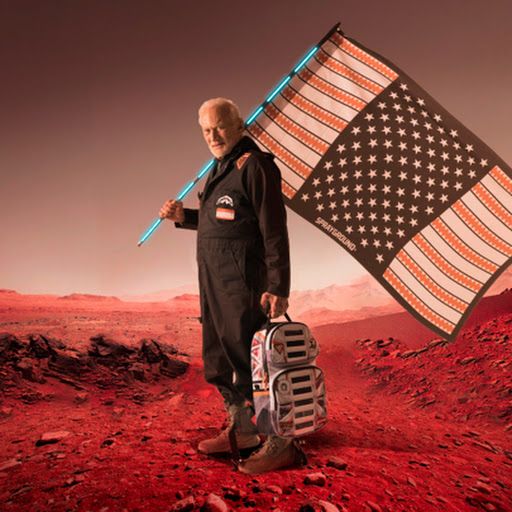

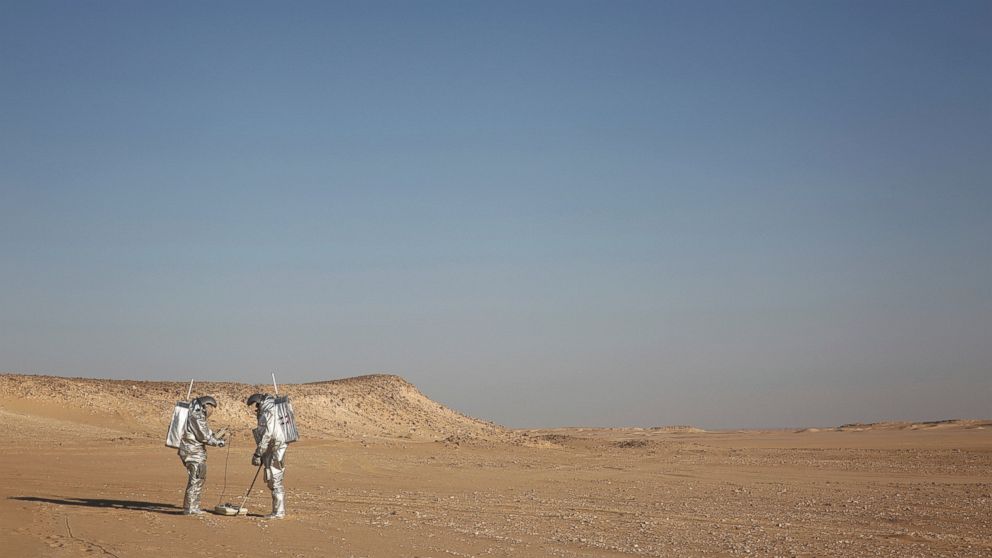
Really wish we were already interplanetary travelers.
Two scientists in spacesuits, stark white against the auburn terrain of desolate plains and dunes, test a geo-radar built to map Mars by dragging the flat box across the rocky sand.
When the geo-radar stops working, the two walk back to their all-terrain vehicles and radio colleagues at their nearby base camp for guidance. They can’t turn to their mission command, far off in the Alps, because communications from there are delayed 10 minutes.
But this isn’t the Red Planet — it’s the Arabian Peninsula.
Teamwork!
Russian cosmonauts and US and Japan astronauts held the first ever space badminton tournament at the International Space Station on Tuesday.
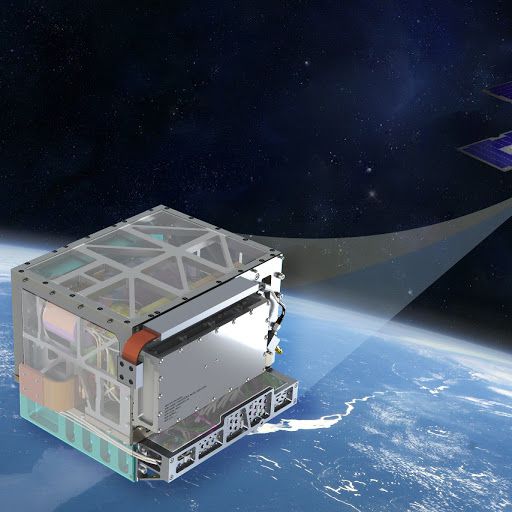

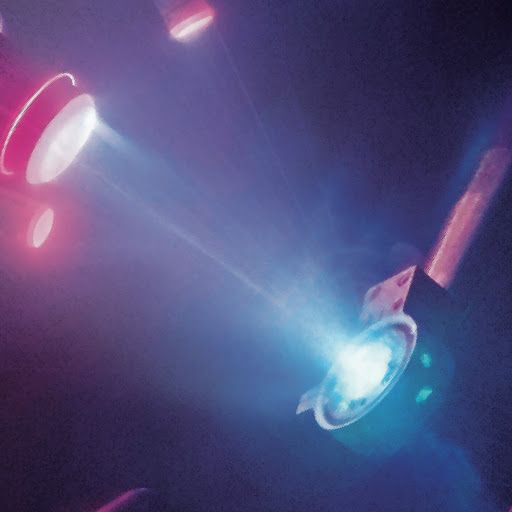

“This NASA/ESA Hubble Space Telescope image shows a spiral galaxy known as NGC 7331. First spotted by the prolific galaxy hunter William Herschel in 1784, NGC 7331 is located about 45 million light-years away in the constellation of Pegasus (the Winged Horse). Facing us partially edge-on, the galaxy showcases its beautiful arms, which swirl like a whirlpool around its bright central region.”

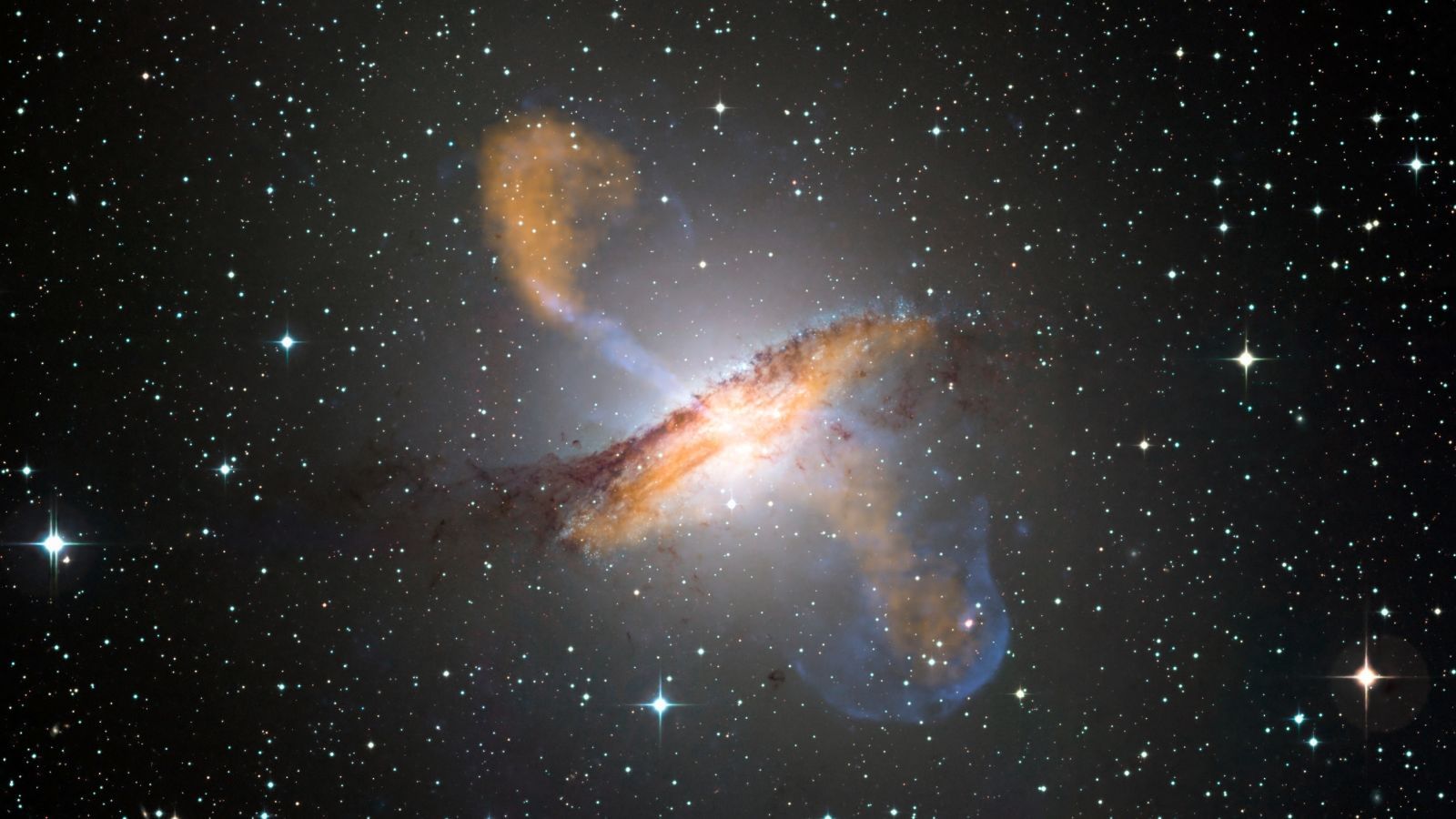
Scientists thought the Milky Way and Andromeda galaxies were unique: They’ve got rings of smaller dwarf galaxies orbiting in what seems to be a synchronized fashion. But when a team of scientists recently looked at another galaxy, they realized it also seemed to shepherd a flock of dwarfs in a strange, synchronized dance. That’s not supposed to happen.
An international team of four researchers noticed the behavior in the elliptical Centaurus A galaxy, 30 million light years away from our own Milky Way. Dwarf galaxies should travel randomly around their parent, based on the standard theory of how galaxies form. Seeing yet another galaxy with this strange behavior is highly unlikely, and calls into question the very model that scientists use to understand structure in our universe.
Sure, you would expect to find one galaxy with this behavior, study author Oliver Müller from the University of Basel in Switzerland told Gizmodo. “But two or three is startling.”
This plane will go to space and back in 5 hours.